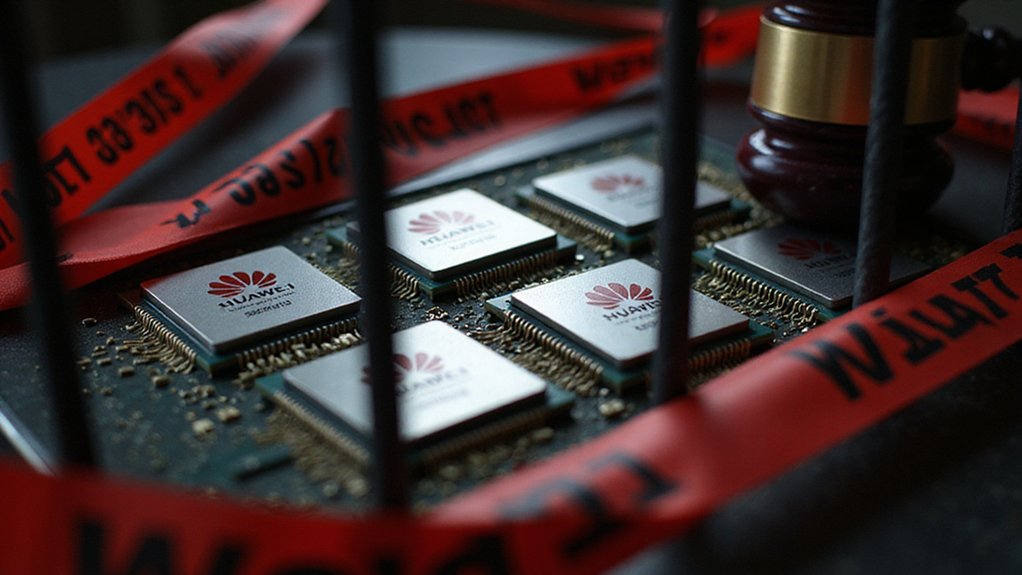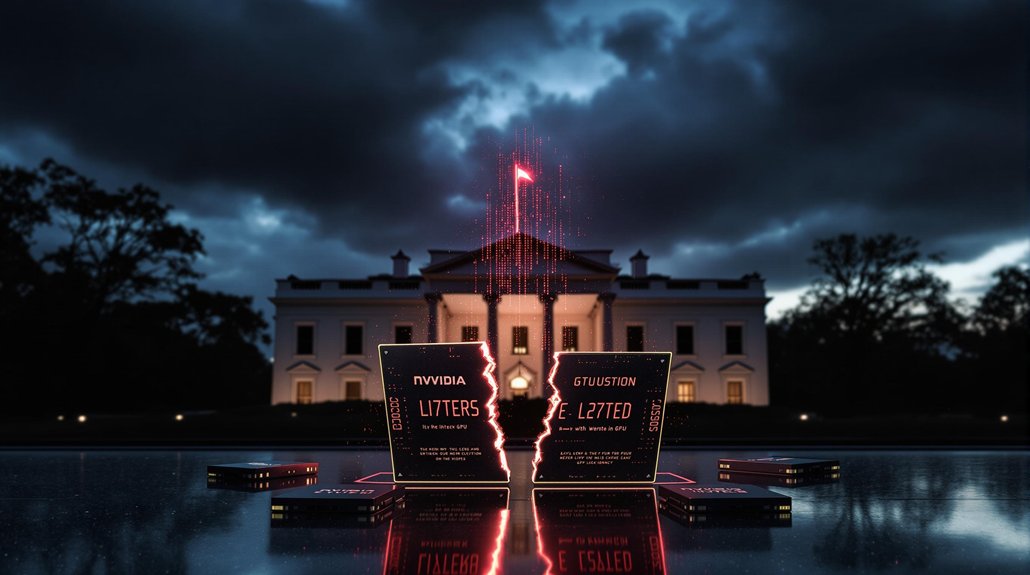Americans are increasingly concerned about AI risks like bias and privacy violations. They want clear safety measures before AI becomes more integrated into critical systems. Meanwhile, government agencies struggle to create timely regulations for rapidly evolving AI technology. Experts recommend collaboration between tech companies, government, and civil society to develop effective guardrails. These protections would help balance innovation with public safety. The gap between AI capabilities and safety expectations continues to widen.
As artificial intelligence systems continue to spread across industries and daily life, the demand for effective AI guardrails has reached unprecedented levels. Recent surveys show that Americans are increasingly concerned about AI’s potential risks, including bias, privacy violations, and the spread of misinformation. The public wants clear boundaries and safety measures in place before AI becomes even more deeply embedded in critical systems.
Government agencies are struggling to keep pace with AI innovation. The technology evolves rapidly, making it difficult for regulators to create timely and relevant frameworks. This gap between AI development and oversight has many citizens worried about potential harms going unchecked.
AI guardrails serve as protective mechanisms that guarantee these systems operate within ethical, legal, and technical boundaries. These safeguards include rule-based constraints, monitoring tools, and ethical guidelines designed to align AI behavior with societal values and regulations.
Organizations implementing AI face several challenges. They must balance innovation with risk management while maneuvering complex technical issues. Many companies lack resources for developing extensive guardrails, leading to inconsistent protection levels across different AI applications. The cultural differences in ethical standards further complicate the implementation of universal AI guardrails across global markets.
Public advocacy groups are calling for mandatory disclosure of AI guardrail policies. They believe transparency is essential for building trust in automated systems. Studies consistently show that people’s willingness to accept AI correlates directly with how well they understand the safeguards in place.
Technical guardrails include content filtering, personal information protection, and real-time monitoring for harmful outputs. These systems can automatically flag questionable AI decisions for human review when confidence levels are low. Implementing RAG systems alone is insufficient to eliminate all AI hallucinations and inaccuracies, requiring additional guardrail measures.
Experts recommend a collaborative approach involving technology companies, government agencies, and civil society. By working together, stakeholders can create standards that protect the public while allowing for continued innovation.
As AI capabilities grow more powerful, the gap between public expectations for safety and current protective measures becomes increasingly apparent. Americans aren’t against AI progress—they simply want assurance that these powerful tools will be developed and deployed responsibly, with proper guardrails firmly in place.
Implementing effective guardrails helps organizations enhance privacy and security by protecting sensitive information from malicious attacks while maintaining user trust.
References
- https://www.mckinsey.com/featured-insights/mckinsey-explainers/what-are-ai-guardrails
- https://coralogix.com/ai-blog/understanding-why-ai-guardrails-are-necessary-ensuring-ethical-and-responsible-ai-use/
- https://deepgram.com/ai-glossary/ai-guardrails
- https://fedsoc.org/commentary/fedsoc-blog/ai-guardrails-will-shape-society-here-s-how-they-work
- https://www.savvy.security/glossary/the-role-of-ai-guardrails/









